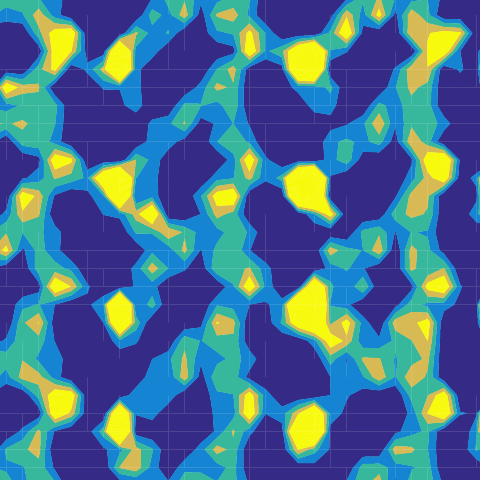First-passage Fingerprints of Water Diffusion near Glutamine Surfaces
Check out an exciting story of our lab’s (@edgarroldankb) new collaboration with Hassanali’s group on first-passage time fingerprints of molecules’ diffusive dynamics!
Roman Belousov (@ribelousov), Muhammad Nawaz Qaisrani, Ali Hassanali, Édgar Roldán (@edgarroldankb) — ICTP (@ictpnews)
https://arxiv.org/abs/2003.12615

The extent to which biological interfaces affect the dynamics of water plays a key role in the exchange of matter and chemical interactions that are essential for life. The density and the mobility of water molecules depend on their proximity to biological interfaces and can play an important role in processes such as protein folding and aggregation. In this work, we study the dynamics of water near glutamine surfaces—a system of interest in studies of neurodegenerative diseases. Combining molecular-dynamics simulations and stochastic modelling, we study how the mean first-passage time and related statistics of water molecules escaping subnanometer-sized regions vary from the interface to the bulk. Our analysis reveals a dynamical complexity that reflects underlying chemical and geometrical properties of the glutamine surfaces. From the first-passage time statistics of water molecules, we infer their space-dependent diffusion coefficient in directions normal to the surfaces. Interestingly, our results suggest that the mobility of water varies over a longer length scale than the chemical potential associated with the water-protein interactions. The synergy of molecular dynamics and first-passage techniques opens the possibility for extracting space-dependent diffusion coefficients in more complex, inhomogeneous environments that are commonplace in living matter.